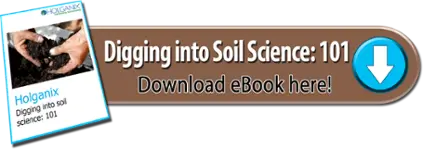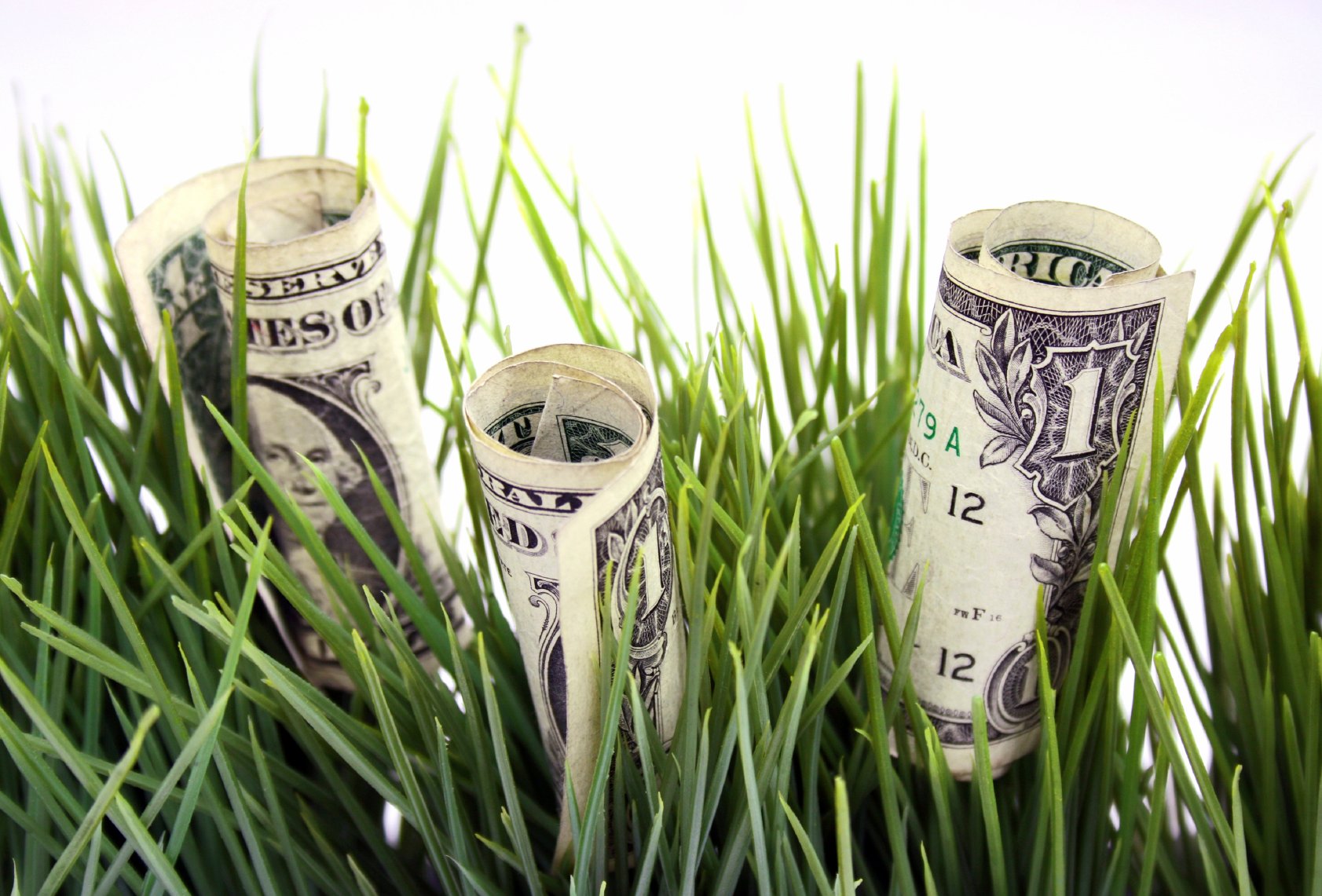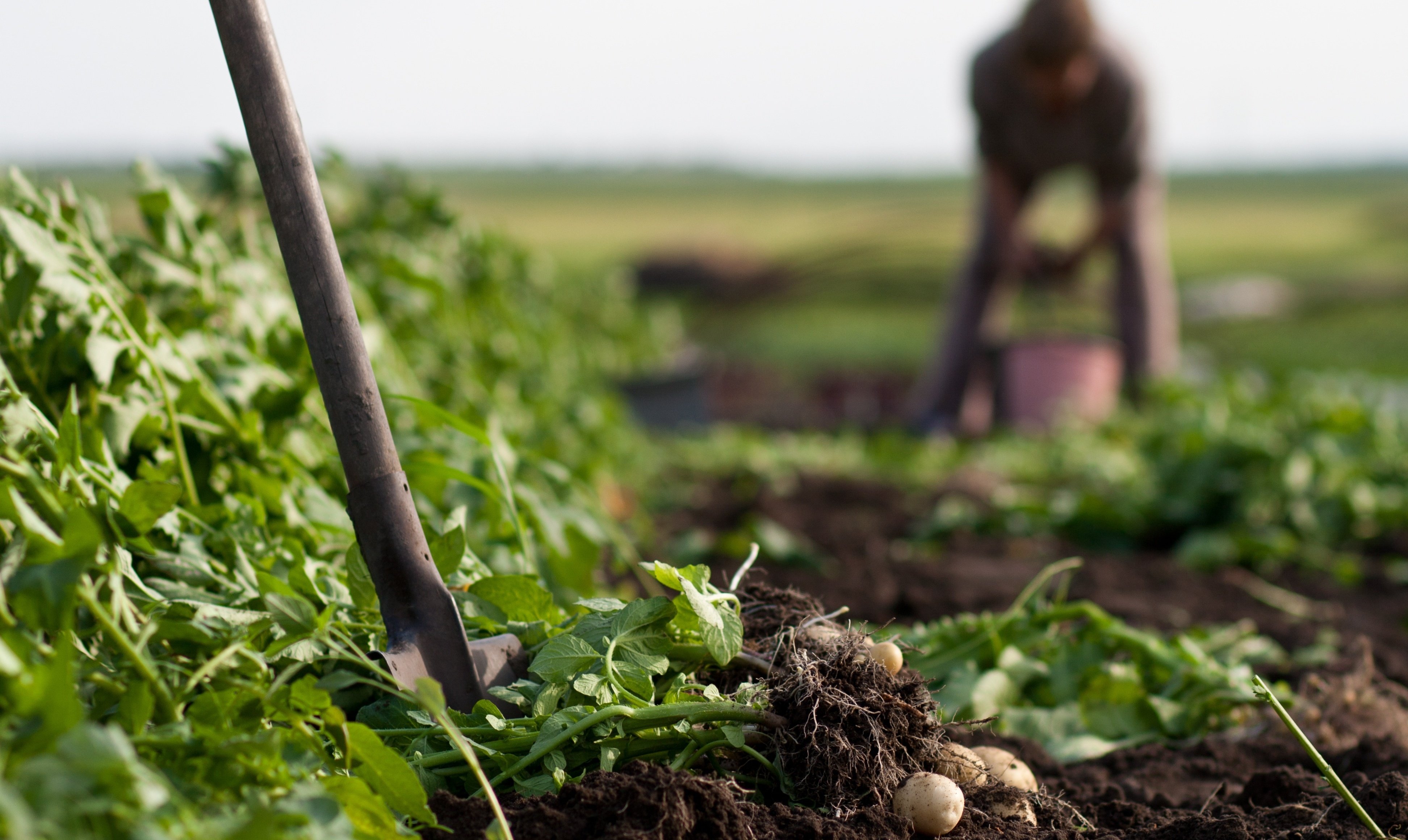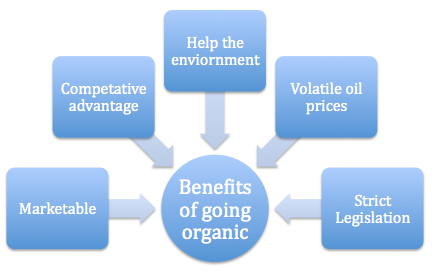.png?width=1024&name=WWW.hOLGANIX.COM%20(13).png)
Today’s sustainable landscapes don’t just refer to the fertilizers and pesticides we use to treat our landscapes; it begins with selecting the right plants for your clients’ landscapes. By choosing native plants as opposed to alien ones, you’ll be contributing to your clients’ sustainable footprint, supporting local wildlife and saving your clients’ time and money.
Why should your landscape company incorporate native plants and how can you get started?
Growing consumer demand.
Consumers understand the environmental and economic benefits of using native plants. According to a 2016 survey by the National Association of Landscape Professionals, 85% of landscape respondents say they are being asked to specify if they are using native plants.
Reduce inputs like fertilizers, pesticides and water.
When designing and installing a new landscape, consider using native plants to cut down on the cost and environmental issues surrounding the use of non-native plants. Native plants are already adapted to your local soil ecosystems and weather patterns. That means they often require less maintenance and less inputs like fertilizer, pesticides and water. That’s great for your customers’ pocket book, saves your customers’ time that may have been committed to maintaining the property and it’s great for the environment.
Support pollinators and local wildlife.
Native plants attract native wildlife and pollinators like butterflies and bees by providing diverse habitats and food sources. They provide nectar for pollinators, seeds, fruits and nuts for other forms of wildlife, and shelter for mammals. In essence, native plants increase the biodiversity of your local environment.
What native plants should you incorporate in your clients’ landscapes?
There are numerous online and offline resources to tap in order to help select the appropriate native plant for your clients’ landscapes. Here are just a few of our favorite resources:
1. Audubon Society – The Audubon Society is a conservation organization focused on protecting birds. Their online database of native plants is segmented by trees, shrubs, annuals/perennials, vines, grasses and others. Each plant listed is tagged to specific bird populations that those plants help to support. https://www.audubon.org/native-plants
2. Master Gardener – Tap into your region’s Master Gardener program for help and advice on local plants, sustainable practices and more. Master Gardener Programs are often tied to your local university.
3. Lady Bird Johnson Wildflower Center – A University of Texas offshoot, the Lady Bird Johnson Wildflower Center’s mission is to inspire the conservation of native plants. As part of delivering that message, they’ve designed a North America Native Flower database containing files on 8,614 native plants that can be segmented by sun/shade preferences and height and bloom characteristics like color and timing. http://www.wildflower.org/plants/
4. Local Nursery – Ask your local nursery, greenhouse or plant whole seller for ideas on native plants. As local experts, they’ll have a plethora of information available to you.

 |
June 15, 2017
|
2:04 PM
|
June 15, 2017
|
2:04 PM
-2.jpg)
-1.jpg)
-1.jpg)
-1.jpg)
.jpg)

-2.jpg)
-1.jpg)
-1.jpg)
-1.jpg)
.jpg)




.png?width=1024&name=WWW.hOLGANIX.COM%20(13).png)

.webp)
-1%20(1).webp)
-831535-2.webp)





